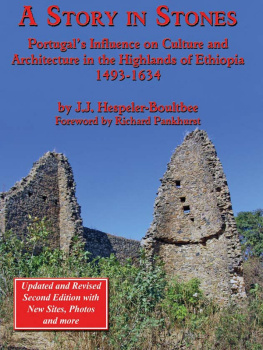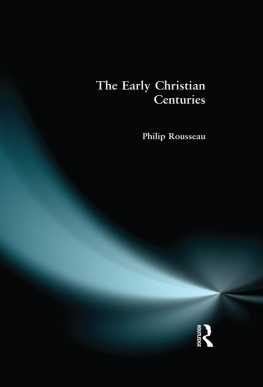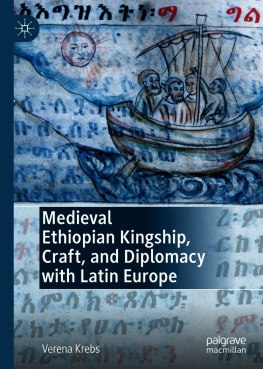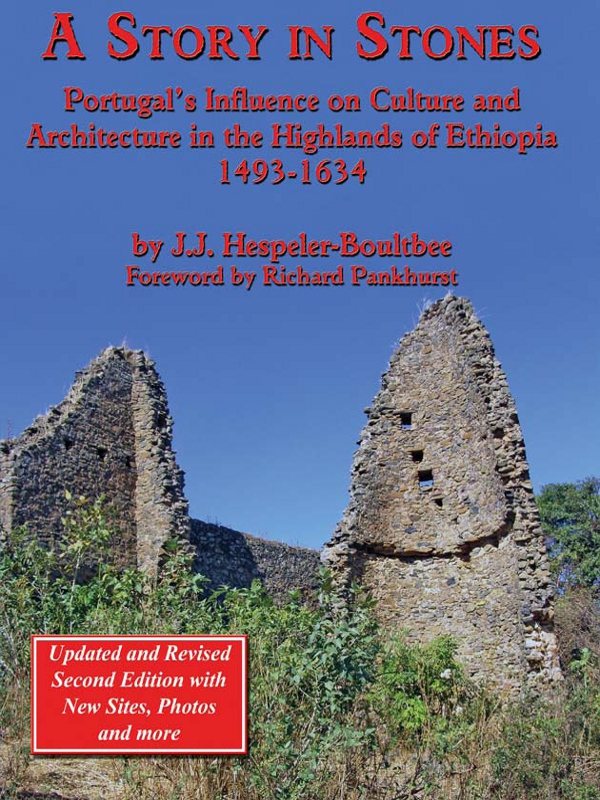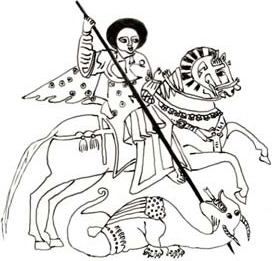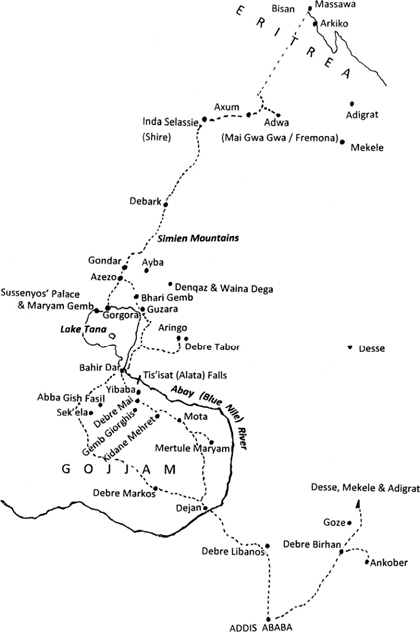John Jeremy Hespeler-Boultbee - A Story in Stones: Portugals Influence on Culture and Architecture in the Highlands of Ethiopia 1493-1634
Here you can read online John Jeremy Hespeler-Boultbee - A Story in Stones: Portugals Influence on Culture and Architecture in the Highlands of Ethiopia 1493-1634 full text of the book (entire story) in english for free. Download pdf and epub, get meaning, cover and reviews about this ebook. year: 2011, publisher: CCB Publishing, genre: Religion. Description of the work, (preface) as well as reviews are available. Best literature library LitArk.com created for fans of good reading and offers a wide selection of genres:
Romance novel
Science fiction
Adventure
Detective
Science
History
Home and family
Prose
Art
Politics
Computer
Non-fiction
Religion
Business
Children
Humor
Choose a favorite category and find really read worthwhile books. Enjoy immersion in the world of imagination, feel the emotions of the characters or learn something new for yourself, make an fascinating discovery.
- Book:A Story in Stones: Portugals Influence on Culture and Architecture in the Highlands of Ethiopia 1493-1634
- Author:
- Publisher:CCB Publishing
- Genre:
- Year:2011
- Rating:5 / 5
- Favourites:Add to favourites
- Your mark:
A Story in Stones: Portugals Influence on Culture and Architecture in the Highlands of Ethiopia 1493-1634: summary, description and annotation
We offer to read an annotation, description, summary or preface (depends on what the author of the book "A Story in Stones: Portugals Influence on Culture and Architecture in the Highlands of Ethiopia 1493-1634" wrote himself). If you haven't found the necessary information about the book — write in the comments, we will try to find it.
This newly updated and revised second edition of A Story in Stones explores the relationship between Portugal and Ethiopia during the XVI and XVII centuries from the unique perspective of stonework. Through research and many years of working in the field, J.J. Hespeler-Boultbee examines the first early Renaissance links between the principal European superpower of the day and the ancient Christian empire of Ethiopias Highlands using contemporary architectural vestige as a catalyst for his findings. What began as Portugals mission to discover an unknown world soon became a quest to find Prester John, the legendary Christian priest/king presumed to be living on the far side of Islam. In an attempt to form a Christian military alliance, the search was both concluded and, in a manner, initiated by explorer Pro da Covilh in 1493 with his overland journey to the Highland court of Emperor Eskendar. This was instrumental in setting up a string of ties between the two nations diplomatic, military, religious, cultural and (most long-lasting of all) architectural almost three decades before Portugals diplomatic mission of 1520. The fascinating story contained in the stones can yet be seen in the Portuguese and Gondarine ruins that dot the Gojjam and Lake Tana regions; they continue to influence todays Highland architectural design. Hespeler-Boultbee examines over thirty different sites, many of which are remote and rarely visited. Fully illustrated with colour photos and drawings.
John Jeremy Hespeler-Boultbee: author's other books
Who wrote A Story in Stones: Portugals Influence on Culture and Architecture in the Highlands of Ethiopia 1493-1634? Find out the surname, the name of the author of the book and a list of all author's works by series.

